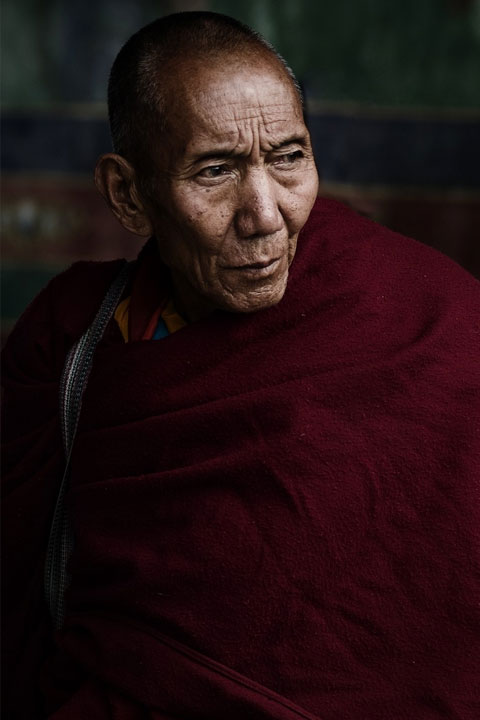Peace is a certain quality of existence which has been sought after, yet seldom found in a long enduring form, since time immemorial. In a behavioral sense, peace is generally understood to be a lack of conflict and freedom from fear of violence between heterogeneous social groups. Throughout history benevolent leaders have often exhibited a certain type of behavioral or political restraint, which in turn has often resulted in the establishment of regional peace or economic growth through various forms of agreements or peace treaties. Such behavioral restraint has often resulted in the de-escalation of conflicts, or in multilateral or bilateral peace talks. The avoidance of war or violent hostility is often the result of compromise, and is often initiated with thoughtful active listening and communication, which may tend to enable a greater genuine mutual understanding.
In a psychological sense, peace is perhaps less well defined but at least of an equal value to, or of a greater value than, “behavioral peace.” Peaceful behavior has often been found to have been the result of a certain type of a “peaceful inner disposition” on the part of some. Some have expressed the belief that peace is a certain quality of inner tranquility which does not depend upon the uncertainties of daily life for its existence.[1] The acquisition of such a “peaceful internal disposition” would seem to possibly be a valuable asset, capable of assisting in the resolution of otherwise seemingly irreconcilable competing interests.

